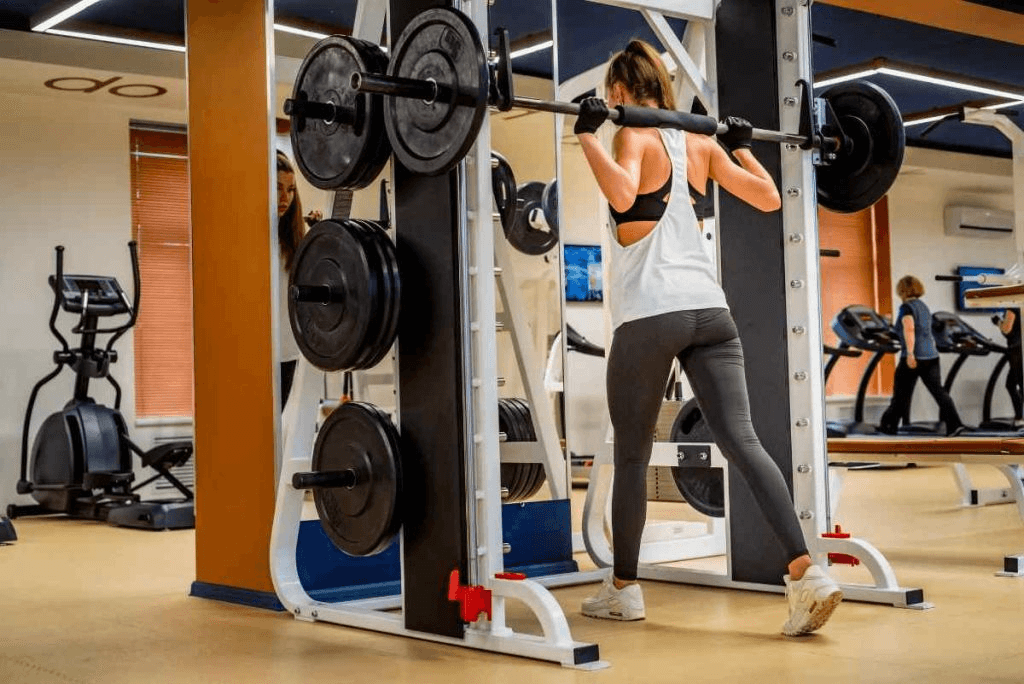When it comes to sculpting a well-defined upper body and building true lat width, the kneeling straight arm cable pullover is a powerhouse move that deserves far more attention. While often overshadowed by traditional pull-ups or rows, this variation—also referred to as the kneeling straight arm pulldown—offers unique advantages that can transform your back day.
In this article, I’ll break down the benefits, proper form, and common mistakes of this underrated exercise, based on two decades of hands-on coaching and athlete training.
What Is the Kneeling Straight Arm Cable Pullover?
The kneeling straight arm cable pullover is a lat-focused isolation exercise performed on a cable machine. Unlike traditional standing variations, the kneeling position increases core demand, limits momentum, and promotes a stricter range of motion.
You may have seen it listed with slight variations like:
-
Kneeling straight arm cable pull over (search volume: 1,000)
-
Kneeling straight arm pulldown (search volume: 90)
-
Kneeling straight arm pullover (search volume: 56)
Despite the different naming conventions, the mechanics remain largely consistent.
Muscles Worked
The kneeling straight arm cable pullover is primarily a latissimus dorsi isolation movement, but it also activates:
-
Teres major
-
Posterior deltoids
-
Triceps (long head)
-
Core stabilizers (especially rectus abdominis and obliques)
This makes it a favorite among both bodybuilders chasing back width and functional athletes seeking stability under load.
How to Perform the Kneeling Straight Arm Cable Pullover
Setup:
-
Attach a straight bar or rope handle to the high pulley.
-
Kneel a few feet back from the cable stack with your hips directly above your knees.
-
Grasp the bar with an overhand grip, arms extended fully in front of you.
Execution:
-
Begin with your arms straight and in line with your torso.
-
Keeping a soft bend in the elbows, pull the bar downward in a sweeping arc until your hands reach your thighs.
-
Pause at the bottom, squeezing your lats.
-
Return slowly to the start without letting the weight stack slam.
Pro Tip: Avoid bending your elbows too much—this turns the movement into a triceps pressdown.
Why Go Kneeling?
While standing straight arm cable pullovers are effective, kneeling eliminates compensation from the lower back or hips. It promotes:
-
Controlled motion
-
Reduced momentum
-
Stronger mind-muscle connection
-
Enhanced core engagement
Think of it as a stricter, more focused version of a classic staple.
Real-World Results: Progression and Programming
When implemented correctly, this exercise can significantly improve your lat isolation and performance on compound lifts like pull-ups and deadlifts. In my experience, most clients notice:
-
Lat activation improvement within the first 3–4 weeks
-
Better posture and shoulder positioning by week 6
-
Enhanced pulling performance by week 8–10
For volume, aim for 3–4 sets of 12–15 reps at a moderate weight (50–90 lbs) to emphasize control and contraction.
Common Mistakes
1. Overbending the elbows – This shifts load away from the lats and toward the triceps.
2. Leaning backward – Reduces lat engagement and makes the core lazy.
3. Going too heavy too fast – This isn’t a PR lift. Focus on quality over quantity.
Coach’s Insight: Who Should Use This Exercise?
Whether you’re a beginner trying to build lat awareness or a seasoned athlete refining form, the kneeling straight arm cable pullover fits right in. It’s especially effective for:
-
Physique athletes focused on V-taper development
-
CrossFitters aiming to bulletproof shoulder mobility
-
Lifters rehabbing from back strain seeking safe lat activation
I’ve programmed this for NFL athletes and desk workers alike—with both seeing gains in upper back symmetry and scapular control.
Final Thoughts
If you’re ready to sharpen your back training and build serious lat engagement without stress on your spine, make this move part of your routine.











































Leave a comment
This site is protected by hCaptcha and the hCaptcha Privacy Policy and Terms of Service apply.